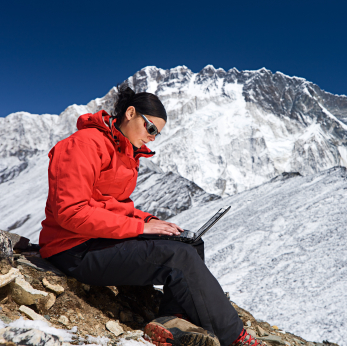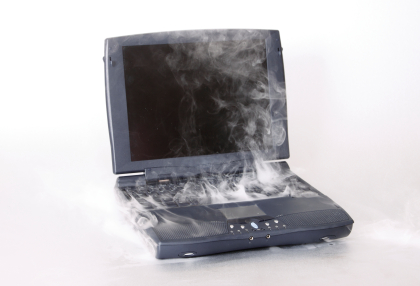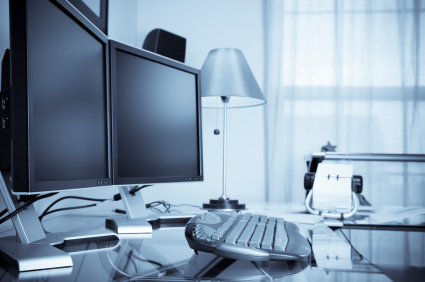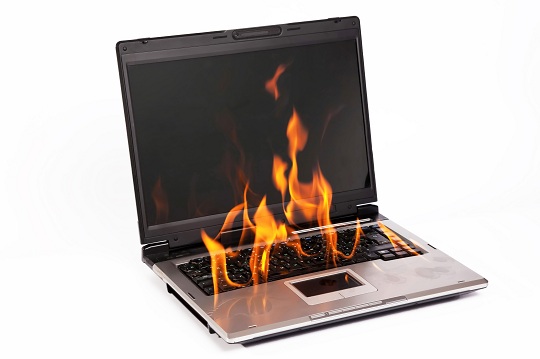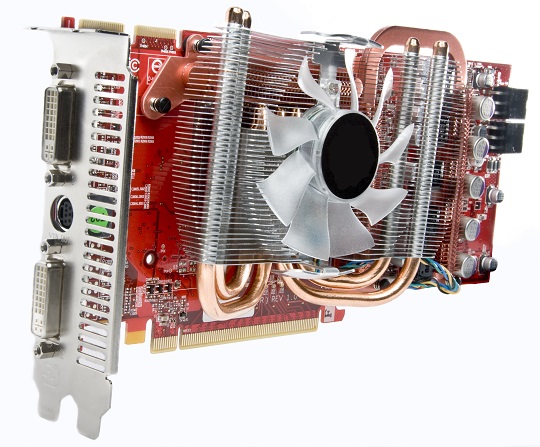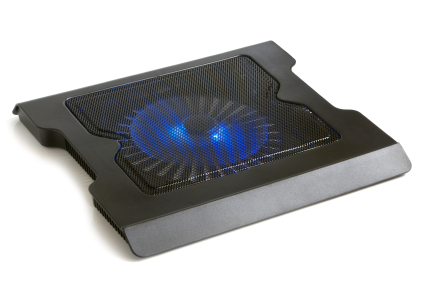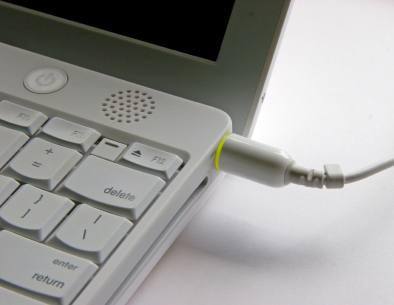When you feel the underside of your laptop and immediately receive a first degree burn, the gut reaction of many is to throw your laptop in the freezer to cool it down. For the record, that’s something you definitely should not do. There may not be a singular proven fastest method of cooling down your laptop, but this article will present the best way to cool off laptop.
Use on Hard Surface
The name laptop is a bit misleading, as using them on soft surfaces such as your lap will block the ventilation. So don’t use your laptop on your bed, carpet, or on your lap. Instead move your laptop to a hard flat surface.
Dust
If you’ve had your laptop for a while and tend to use it in dusty areas, there’s a high probability that the dust has built up inside your fan and your heat sink. You can either open up the laptop to clean its components or use compressed air in short bursts to clear out the tiny gaps in your heat sink.
DIY Laptop stand
Buy a laptop stand with a fan included to cool down your laptop, or you could even make your own. Here’s a quick and easy idea for an emergency laptop stand: Put the sides of the laptop on top of two books, leaving a gap in the middle. Place an ice pack in the middle gap under the laptop, making sure that it isn’t actually touching the laptop.
Close Processes
Reduce your machine’s workload by closing unneeded processes and programs. Open up Task Manager and click on the processes tab, then click on CPU to arrange the processes from highest CPU consumption to lowest CPU consumption. If there are programs taking up a lot of CPU power that you don’t need right now, close them. However, be careful not to accidentally close a crucial system process!
Lower Quality Video
If you’re watching a high definition movie or playing a 3D game, your graphic card may not be able to keep with the amount of power needed. Try turning the quality settings down to reduce stress on the graphics card.
Give it a Break
Give your poor laptop a break once in a while! Do things that require a great deal of power on your desktop if possible, and don’t remember to shut your laptop down at the end of the day instead of just putting it on sleep.
Additional Help
If you’ve tried all of these options and your laptop is still overheating, there may be a driver or BIOS issue, or the temperature monitoring system in your laptop isn’t working properly. Use TalkLocal to find a skilled computer technician to resolve these advanced problems.

